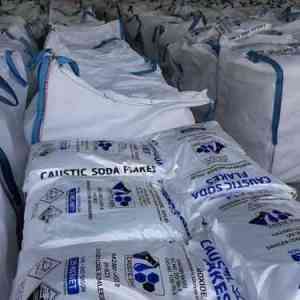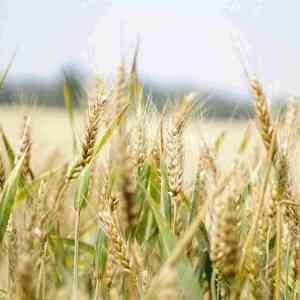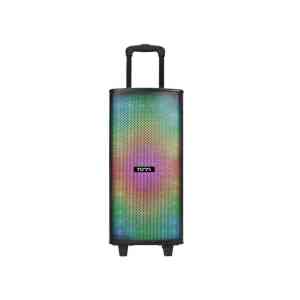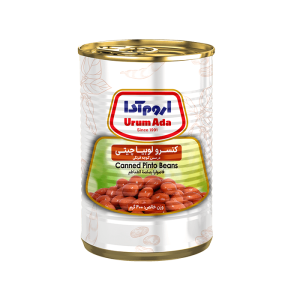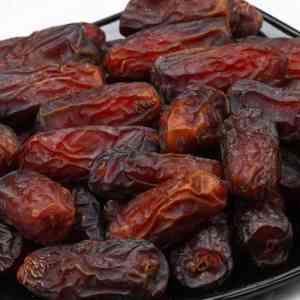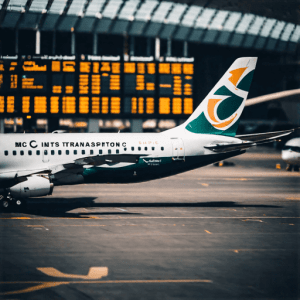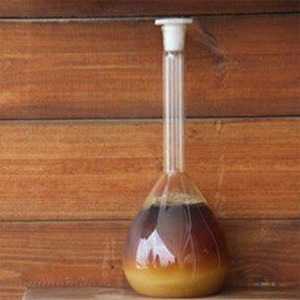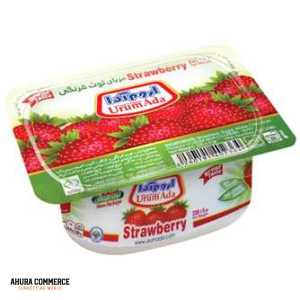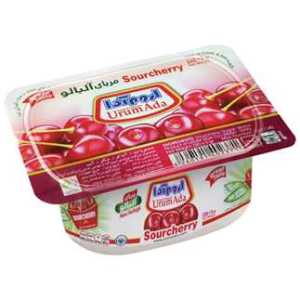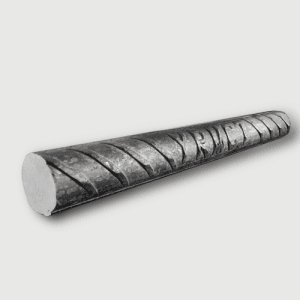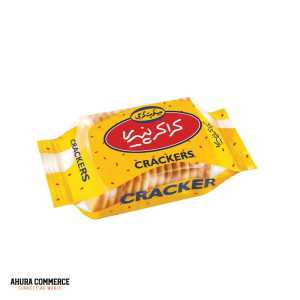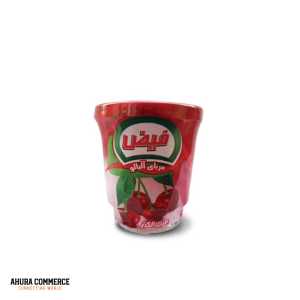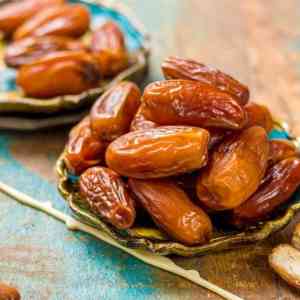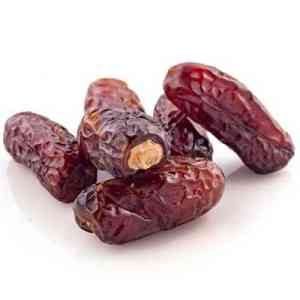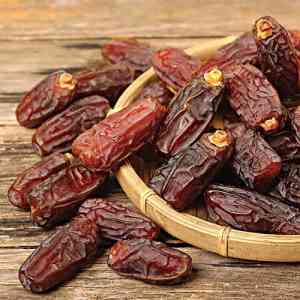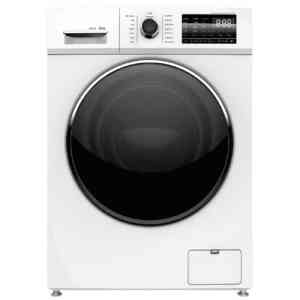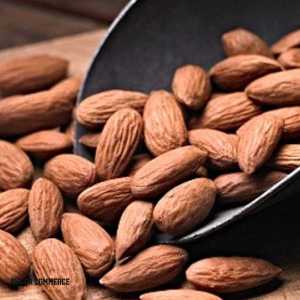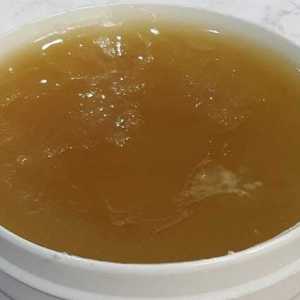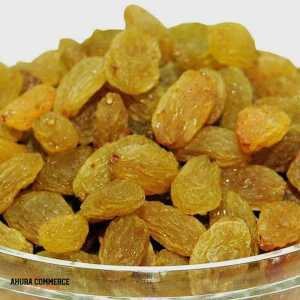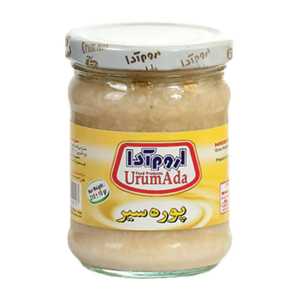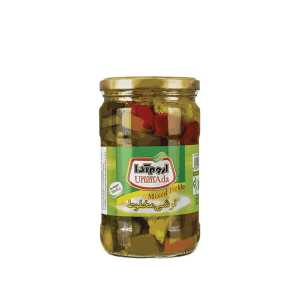Categories
- Agriculture
- Food and Beverage
- Cars and auto parts
- Electrics and Electronics
- Exchange
- Fashion and accessories
- Metallurgy Rubber & Plastics
- International Transportation
- Weaving, textiles
- Building Construction
- Chemicals
- Dairy
- Fruits and Vegetables
- Nuts and Spices
- Gifts and Toys
- Health and Beauty
- Home Appliances
- Livestock and poultry
- Machinery and Tools
- Row materials
- Office appliances
- Customs Clearance
- Home
- Nuts and Spices
- Exporting Iranian Saffron to Southeast Asia
Exporting Iranian Saffron to Southeast Asia
Description
Exporting Saffron with high quality from Iranian to Southeast Asia
Exporting Iranian Saffron to Southeast Asia
As Southeast Asia continues to experience rapid economic growth and cultural shifts, the demand for premium and exotic spices like saffron is steadily increasing. Exporting Iranian saffron to Southeast Asia presents a promising opportunity to tap into one of the most diverse and dynamic markets in the world. With a unique blend of culinary traditions and a rising focus on health and wellness, Southeast Asian countries such as Singapore, Malaysia, Thailand, and Indonesia are showing a growing appetite for high-quality saffron from Iran.
Why Southeast Asia is a Key Market for Iranian Saffron?
Southeast Asia's evolving consumer landscape makes it an ideal destination for Iranian saffron, with several factors driving this potential:
-
Culinary Fusion: Southeast Asian cuisines are known for their vibrant and complex flavors. The use of saffron can elevate traditional dishes like curries, seafood delicacies, and desserts, offering chefs a chance to introduce a unique and luxurious touch to local meals.
-
Health and Wellness Trends: Saffron’s numerous health benefits, such as its antioxidant properties and mood-enhancing effects, resonate with the increasing health awareness in Southeast Asia. Consumers are seeking natural remedies, and saffron’s medicinal qualities make it particularly appealing in this space.
-
Economic Growth and Affluence: As Southeast Asian nations witness a rise in disposable incomes, especially in urban centers like Kuala Lumpur, Bangkok, and Jakarta, the demand for premium and luxury food products, including saffron, is on the rise.
Key Benefits of Exporting Iranian Saffron to Southeast Asia
| Benefit | Description |
|---|---|
| Luxury Appeal | Saffron is viewed as an exclusive, high-end ingredient in Southeast Asia, making it attractive to affluent consumers and premium food markets. |
| Culinary Versatility | From enhancing desserts to spicing up curries and rice dishes, saffron can be seamlessly incorporated into Southeast Asian cuisine. |
| Health-Conscious Market | With a growing focus on natural health products, saffron's wellness benefits fit well into the region’s health-conscious trends. |
| Diverse Market | Southeast Asia’s cultural diversity allows exporters to target multiple niches, including luxury dining, wellness, and home cooking markets. |
Strategies for Successful Market Entry in Southeast Asia
Exporting Iranian saffron to Southeast Asia requires a nuanced understanding of the region’s diverse markets. Here are some strategies to consider:
-
Branding and Marketing in Asian Countries
- Build a strong, culturally relevant brand image that resonates with Southeast Asian consumers. Highlight the rich heritage and premium quality of Iranian saffron through storytelling in marketing materials.
- Showcase saffron's health benefits in a way that aligns with local wellness trends. For example, promoting saffron’s use in herbal teas, tonics, and beauty products can appeal to health-conscious consumers.
-
Local Partnerships for Iranian Saffron
- Establish collaborations with chefs, culinary schools, and health influencers to integrate saffron into the local culinary culture. This will help position saffron as an essential ingredient in Southeast Asian kitchens and wellness practices.
-
Regionalized Product Offerings in market
- Offer different packaging options tailored to the diverse markets within Southeast Asia. Smaller packaging sizes can cater to price-sensitive consumers, while premium packaging can target high-end buyers in countries like Singapore and Malaysia.
Navigating the Challenges of Exporting to Southeast Asia
While exporting Iranian saffron to Southeast Asia offers substantial potential, it is not without its challenges. Exporters must be aware of the following:
-
Regulatory Hurdles: Each country in Southeast Asia has its own set of import regulations and food safety standards. Exporters must ensure that their saffron meets local regulations, which may include obtaining certifications such as Halal in predominantly Muslim countries like Indonesia and Malaysia.
-
Consumer Education: Saffron is still relatively new to many consumers in Southeast Asia, and its high price point may deter some buyers. Efforts to educate consumers on saffron’s culinary and health benefits are essential to drive demand.
-
Economic Fluctuations: While the middle class is growing, some Southeast Asian countries face economic instability. Exporters must remain flexible and adapt pricing strategies to account for fluctuations in purchasing power across different regions.
Key Considerations for Successful Market Penetration
To fully capitalize on the growing opportunities in Southeast Asia, exporters should focus on the following key areas:
-
Cultural Integration: Incorporating saffron into local festivals, traditions, and religious celebrations can significantly boost its popularity. For instance, promoting saffron as a key ingredient during festive seasons like Ramadan or Chinese New Year could drive sales.
-
Innovative Product Uses: Promote saffron’s versatility beyond food. Highlight its use in beauty products, wellness treatments, and even alternative medicine, which are becoming increasingly popular in Southeast Asia.
-
Focused Distribution Networks: Use a combination of traditional retail and e-commerce platforms to distribute saffron widely. Working with high-end supermarkets, health food stores, and online marketplaces will ensure saffron’s availability to a broad consumer base.
Conclusion about Exporting Iranian Saffron to Southeast Asia
Exporting Iranian saffron to Southeast Asia presents a compelling opportunity for businesses looking to expand into a region with growing affluence, rich culinary traditions, and increasing health awareness. By tailoring marketing efforts, understanding local tastes, and building partnerships with key influencers, exporters can successfully introduce Iranian saffron into the Southeast Asian market. As consumers continue to seek premium and health-focused products, the demand for saffron is poised to grow, offering significant potential for long-term success.
Location
Exporting Iranian Saffron to Southeast Asia

Ahura Commerce facilitates seamless international trade. Our platform empowers businesses of all sizes to navigate import/export regulations, connect with global partners, and optimize logistics. Leverage our expertise and network to achieve sustainable growth in today's interconnected marketplace.


